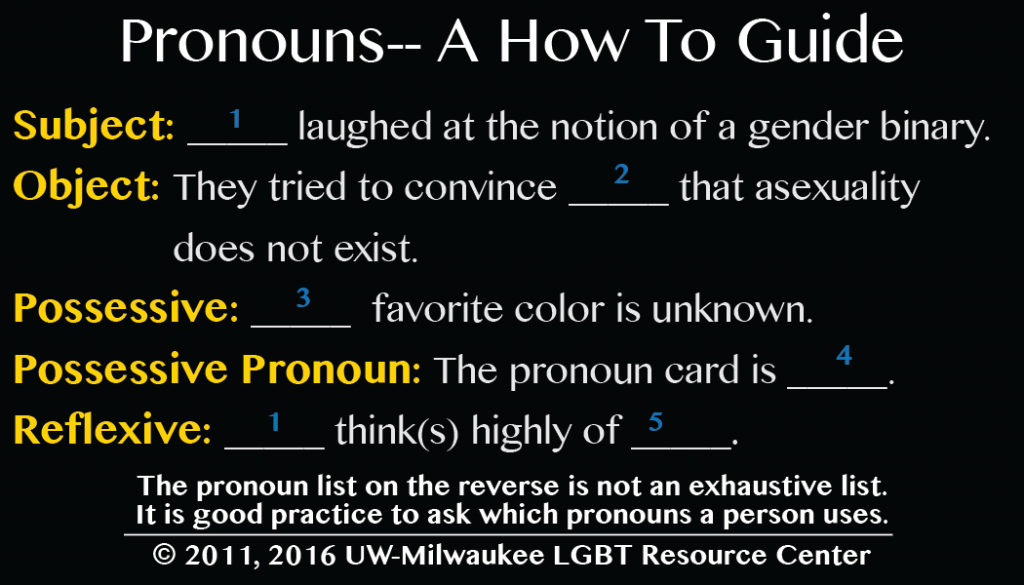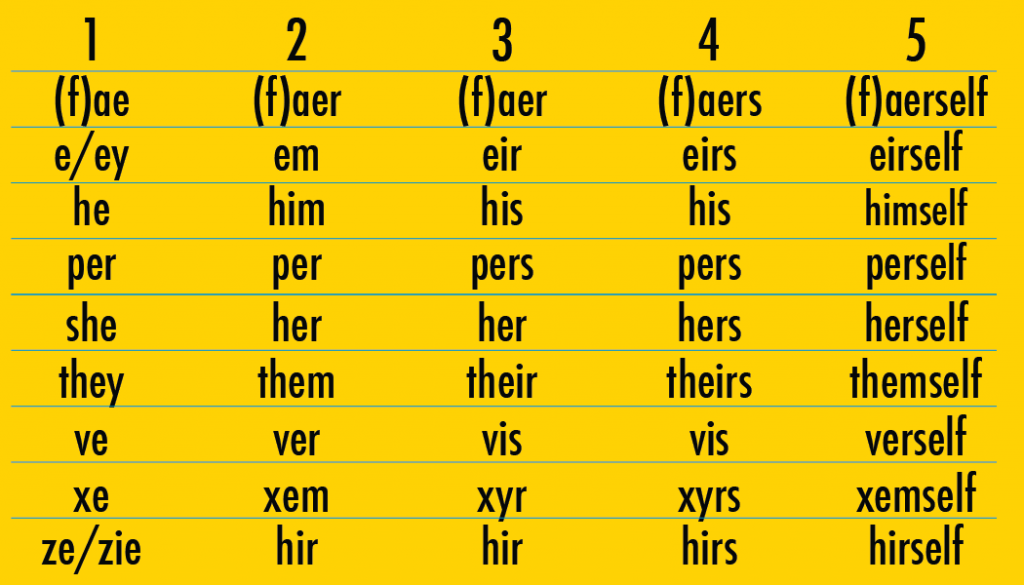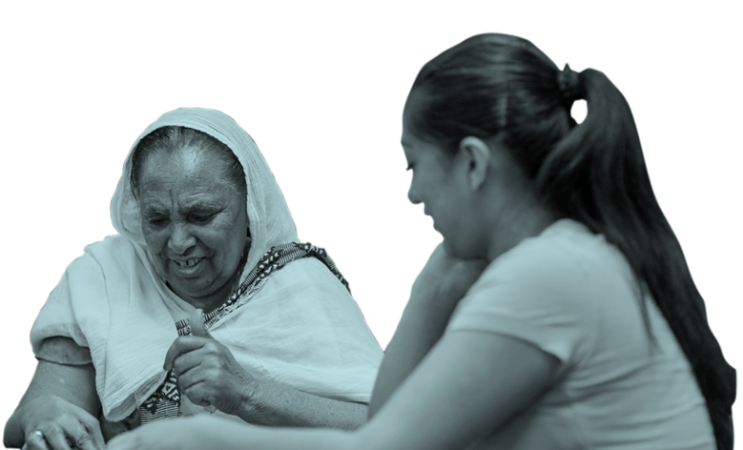Going Against Gender Norms in the Classroom
By Ellie Rohman, Summer Reads VISTA
About Summer Reads
This children’s literacy tutor resource was created by Summer Reads VISTA members. Summer Reads is an AmeriCorps VISTA national service program of Literacy Minnesota. For eight weeks over the summer, Summer Reads VISTA members volunteer full-time as children’s/youth literacy mentors in schools, libraries and out-of-school-time programs across Minnesota. They bring literacy to life for low-income students through a variety of activities – one-on-one tutoring, creative enrichment activities like using arts and drama to explore language or practicing vocabulary and comprehension in science and other subjects. They also connect students and parents/caregivers to community resources through wraparound basic needs support. At the same time, the VISTA members build their own leadership, explore career paths, pay for college and become lifelong advocates for the communities they serve due to the power of their experience. www.literacymn.org/summerreads
Strategies for the Classroom to Go Against Gender Norms
Language
What kind of language can you use in the classroom to go against gender norms?
The language that is used in classrooms whether it is virtually or in person directly impacts all the students. If the language used is loving, welcoming and kind, then students will feel loved, welcomed, and the kindness expressed. It is important to address the group of students in an inclusive way, allow students to learn personal gender pronouns, and activities that go against gender norms. These skills and activities can help the classroom express that gender is fluid and not binary.
Why is this important?
Here are some videos that offer more information on why deconstructing the gender binary in the classroom is important:
- https://www.youtube.com/watch?v=9iKHjl5xAaA
- https://www.youtube.com/watch?v=u2OHOadBxYg
- https://www.youtube.com/watch?v=J3Fh60GEB5E
Pronouns
Graphics below were found here


Activities for pronouns
- Appendix A includes a worksheet that you can give your students at the beginning of the program year or class/tutoring session to learn their pronouns.
- Stuffed Animal Activity: Bring in a stuffed animal and practice using the different types of pronouns with it. Have the student discuss in pairs, small groups or whole class and create a story about the stuffed animal. This is especially beneficial for teaching little kids about pronouns for the first time.
Non-gendered language
How to address your class with your pronouns as a teacher/tutor
- Add your pronouns to your name tag with a sticker if it is not provided
- Have posters in your classroom that show different pronouns
- Say them right away in your instruction and on any informational handouts
How to address your class
- Using the pronouns like everyone, students, scholars, friends, ya’ll, and other non-binary names for students
- Using animal names with younger students can be very fun, too.
- Depending on the mascot of your school, you can address your students that way
- Examples: “Good morning, everyone!” “How are ya’ll doing?” “Good morning, scholars!” “Hello, students!” “Hi, scholars!” “Hello, giraffes and zebras!” “Good morning, Mustangs!” Good afternoon Huskies!”
How to address your students’ parents
- When talking about assignments that can be done at home or information that needs to be brought home, do not say tell your “moms and dads” this information or give your “moms and dads” this sheet.
- Use vocabulary like caregivers, caretakers, families, folks, etc.
Do not address your class with the following:
- Do not use “Boys and girls”
- Do not use “Ladies and Gentlemen”
How to address individual students and how students can express their pronouns
- Teachers/Tutors should be asking students for their pronouns in private
- Give students an opportunity to write name tags and where they can put their preferred public name and gender pronouns
- As a teacher or tutor, you can also meet and talk with their students one-on-one or in a group to ask how the students would like to be addressed
- When calling on students or addressing behavior, make sure to not fall into the gender stereotype of boys being aggressive and girls being passive
Other vocabulary we use daily that can be changed to include all genders
- Call a doll house area a house area because it takes away the gender associated with the name
- Call the arts and crafts area a creation station that takes away the gender associated with the name
Avoiding the use of universal he
- It is easy to call everything a he when it comes to bugs, animals, objects etc. Unless you are sure of the gender of the animal, bug, etc, practice using they/them or it/its when talking about these things.
Practices
What can teachers/tutors do to go against gender norms?
It is important to use practices that go against gender norms. Students in early primary school develop the idea of gender specific roles and ways of play and it important to give the students opportunities that challenge the stereotypes and norms that are in movies and TV shows.
- Teach intentional lessons about pronouns and LGBTQ+ - see Appendix B for more resources
- Practice using a wait/think time after asking a question or discussing a topic. This works better than choosing the first hand that shoots up.
- Make sure to call on boys and girls equally.
- Research has shown that teachers tend to call on boys more than girls
- Have systems to call on students equally
- Have a note pad near you mark boys and girls in a chart and mark when you have called on a boy and girl
- Make sure that the groups you create are a mix between boys and girls. Do not separate boys from girls into different groups.
- You can separate students by birthday months, favorite colors, picking numbers/names out of a hat/bowl, standing in a line tallest to shortest and then counting off into groups, etc
- You can also use fun games to help create groups
- Using students’ common interests can be helpful for everyone, too
- Give examples of people that go against gender norms
- Examples: Phil Wilson, Marsha P. Johnson, Laverne Cox, Sylvia Rivera, James Baldwin, Jóhanna Siguardardóttir, Miss Major Griffin-Gracy, Miss J. Alexander, Zanele Muholi, Barbara Smith, Michael Sam, Alan Turing, Barbara Gittings, Sally Ride, Harvey Milk, Sen. Tammy Baldwin, Lily and Lana Wachowski, Ellen DeGeneres, Stormé DeLarverie, Alvin Ailey, Audre Lorde, Lori Lightfoot and so many more
- Read books that talk about different genders
- Encourage cross-gender friends
- When discussing stories, make sure to praise characters on what they do and not what they look like
- For adolescent students (6th grade through 8th grade), it is important to talk about how happiness does not come from appearances or physical strength
- For older students (9th grade through 12th grade), analyze films through the lens of gender norms and what goes against gender norms. (In the book portion, there are books that can be analyzed, too that have characters that go against gender norms.
- Examples in the book and media section
- For older students (9th grade through 12th grade), find texts written by or include characters or topics about the LGBTQ+ communities. The books listed below are in the high school range of reading or are considered Young Adult Literature.
- Examples in the book and media section
- No matter the grade it is important to challenge gender stereotypes when they come up
- Make sure when dividing roles to students that there are not “girl” and “boy” tasks
In any classroom virtual or in person, a teacher/tutor can create a space that is non-gendered and also learn about LGBTQ+ with their students. Please check out this link to find ways to incorporate these into your everyday curriculum.
Books and media
Books that discuss gender and go against gender norms are very helpful to connect literacy and comprehension skills to learning about gender and giving students examples of kids their age that go against gender norms. Most of these books are children’s books, so they can be used for any age group. For each book, there was an ideal range found for when students are mostly likely to be interested in the content, not for when they should read it. Children get an understanding of gender and gender roles far before they come their first day of kindergarten, so these books help reconstruct and learn about how it is amazing that we can all be different.
Children’s Books (grades K-8)
- Pink Is for Boys written by Robb Pearlman and illustrated by Eda Kaban (all ages)
- They Call Me Mix written by Lourdes Rivas and illustrated by Breena Nunez (grades Kindergarten-2)
- It’s Okay to Be Different by Todd Parr (ages 0-5)
- The Boy with Pink Hair written by Perez Hilton and illustrated by Jen Hill (ages 3-5)
- Allie’s Basketball Dream by Darryl Ligasan, Barbara E. Barber (grades K-2)
- All I Want to Be Is Me by Phyllis Rothblatt (grades 3-4)
- Made by Raffi written by Craig Pomranz and illustrated by Margaret Chamberlain (ages 5+)
- Rosie Revere, Engineer written by Andrea Beaty and illustrated by David Roberts (ages 5+)
- Little Kunoicho, The Ninja Girl by Sanae Ishida (ages 4-6)
- Julián Is a Mermaid written by Jessica Love (ages 4-7)
- Ballerino Nate by Kimberly B. Bradley (ages 4-7)
- Morris Micklewhite and the Tangerine Dress by Chistine Baldacchino (ages 4-7)
- When the Bees Fly Home by Andrea Cheng (ages 4-7)
- The Paper Bag Princess by Robert Munsch (ages 4-8)
- A Fire Engine for Ruthie written by Lesléa Newman and illustrated by Cyd Moore (ages 4-8)
- Not All Princesses Dress in Pink by Jane Yolen (ages 4-8)
- Max, The Stubborn Little Wolf by Marie-Odile Judes (ages 4-8)
- 10,000 Dresses by Marcus Ewert (ages 4-8)
- Shopping with Dad by Matt Harvey (ages 5-8)
- Princesses Can Be Pirates Too! written by Christi Zellerhoff and illustrated by Amy Davis (ages 5-8)
- Tough Boris by Padmaja Ganeshan-Singh (ages 7-8 or grade 2)
- The Gender Wheel by Maya Christina Gonzalez (ages 7-10 or grades 2-5)
- The Witch Boy by Molly Knox Ostertag (age 8+)
- Free to be… you and me by Marlo Thomas (ages 8-11)
- You Forgot Your Skirt, Amelia Bloomer by Shana Corey (ages 0-11)
- Lumberjanes by Shannon Watter, Grace Ellis, Brooklyn A Allen, Noelle Stevenson, et al (ages 8-12)
- George by Alex Gino (ages 8-12)
- Two Weeks with the Queen by Morris Gleitzman (ages 8-12)
- Totally Joe by James Howe (ages 8-12)
- My Seventh Grade Life in Tights by Brooks Benjamin (ages 9-12)
- The Prince and the Dress Maker by Jen Wang (ages 13-17)
- Boys Don’t Knit by T. S. Easton (age 13+)
- The Servant by Fatima Sharafeddine (age 12+)
- Tomboy: A Graphic Memoir by Liz Prince (ages 13-18)
Books that have LGBTQ+ themes (grades 9-12)
- I’ll Give You the Sun by Jandy Nelson (age 13+)
- The Art of Being Normal by Lisa Williamson (ages 13/14+)
- Lies We Tell Ourselves by Robin Talley (ages 13/14+)
- Keeping You a Secret by Julie Anne Peters (age 14+)
- Aristotle and Dante Discover the Secrets of the Universe by Benjamin Alire Sáenz (age 14+)
- Everything Leads to You by Nina Lacour (age 14+)
- More Happy Than Not by Adam Silvera (ages 14-17)
- Tell Me Again How a Crush Should Feel by Sara Farizan (ages 14-17)
- Middlesex by Jeffrey Eugenides (ages 14-18)
- Luna by Julie Anne Peters
- Simon vs. the Homo Sapiens Agenda by Becky Albertalli
- Maurice by E. M. Forster
- Rubyfruit Jungle by Rita Mae Brown
- Fun Home: A Family Tragicomic by Alison Bechdel
Movies that go against gender norms
- Moana (any age)
- Mulan (Age 5+)
- Ferdinand (Age 6+)
- Big Hero 6 (Age 7+)
- How to Train Your Dragon (Age 7+)
- Brave (Age 8+)
- A League of Their Own (10+)
- Wonder (Age 10+)
- The King’s Speech (Age 14+)
- Moonlight (Age 17+)
- The Imitation Game (PG-13)
- Hidden Figures (PG)
- Little Women (PG)
- Bend It Like Beckham (PG-13)
- Bethany Hamilton (PG)
Resources
Lesson plans and other activities
- This has printable and online activities that discuss gender.
- This link is for a variety of different lesson plans.
- Here are four classroom activities. (grade: any)
- The first activity talks about the difference between girl and boy things and then discusses why not everyone fits into the two categories.
- The second activity raises awareness for gender stereotypes and allows students to discuss it.
- The third activity talks about looking at things through a gender lens, and it allows class discussion on why certain people make subject choices.
- The fourth activity is talking about a “gender lightbulb moment.” This is when a student has felt like they have been treated differently because of their gender.
- Toolkit for Sex, Sexual Orientation, Gender Identity, and Gender Expression (grade: any)
- This lesson plan is about exploring gender stereotypes through role plays. (grades K-2)
- Exploring Gender Stereotypes in Stories is the title of this lesson. It is for a Reading and Language Arts class, Social Studies class, SEL class, and ELL/ESL class. (grades K-5)
- This is another lesson plan for Reading and Language Arts or Social Studies. It discusses Jobs and Gender Stereotyping. (grades 3-8)
- This is another lesson plan for Reading and Language Arts or Social Studies. It talks about stereotypes of male and female athletes and artists. (grades 6-12)
- The importance of female voices is what this lesson plan discusses; for Reading and Language Arts or Social Studies. (grades 6-12)
- This lesson plan is titled Maya Angelou. It is about gender and sexual identity designed for a Reading and Language Arts class or Social Studies. (grades 6-12)
Resources for more information
- https://www.genderbread.org/
- http://www.transhealthsa.com/wp-content/uploads/2017/05/The-Gender-Unicorn.pdf
- https://transstudent.org/about/
- https://www.genderspectrum.org/
- https://www.tolerance.org/podcasts/queer-america
- https://www.tolerance.org/topics/gender-sexual-identity
- https://www.participatelearning.com/blog/4-ways-to-teach-about-gender-equity-inyour-classroom/
- https://www.mypronouns.org/inclusivelanguage
- http://lettoysbetoys.org.uk/ten-ways-to-challenge-gender-stereotypes-in-theclassroom/
- https://www.commonsense.org/education/articles/age-appropriate-tips-foraddressing-gender-stereotypes-in-the-classroom
- https://www.goodnet.org/articles/20-childrens-books-that-redefine-gender-roles
- https://www.booktrust.org.uk/news-and-features/features/2018/february/lgbtq-booksfor-children-aged-8-12/
- http://www.ascd.org/publications/newsletters/education_update/apr18/vol60/num04/ Creating_a_Gender-Inclusive_Classroom.aspx
- https://www.edutopia.org/blog/gender-equity-classroom-rebecca-alber
- https://dbrl.bibliocommons.com/list/share/72113334/76347606
- https://intentionalfamilylife.com/childrens-books-that-defy-gender-stereotypes/
- https://www.commonsensemedia.org/lists/movies-that-defy-gender-stereotypes
- https://intentionalfamilylife.com/kids-books-that-defy-gender-stereotypes/
- https://www.buzzfeed.com/eleanorbate/books-every-lgbt-person-absolutely-has-toread
- https://www.gse.upenn.edu/news/educators-playbook/erin-cross-pronouns-genderidentity
- https://www.out.com/lifestyle/2019/5/29/20-lgbtq-people-who-changedworld#media-gallery-media-1
- https://www.nbcnews.com/feature/nbc-out/black-history-month-17-lgbtq-blackpioneers-who-made-history-n1130856
- https://ywcavan.org/blog/2020/01/15-movies-defy-gender-stereotypes
Appendix A
Get-to-know-you Worksheets for Students (English and Spanish)
Appendix B
Appendix C

